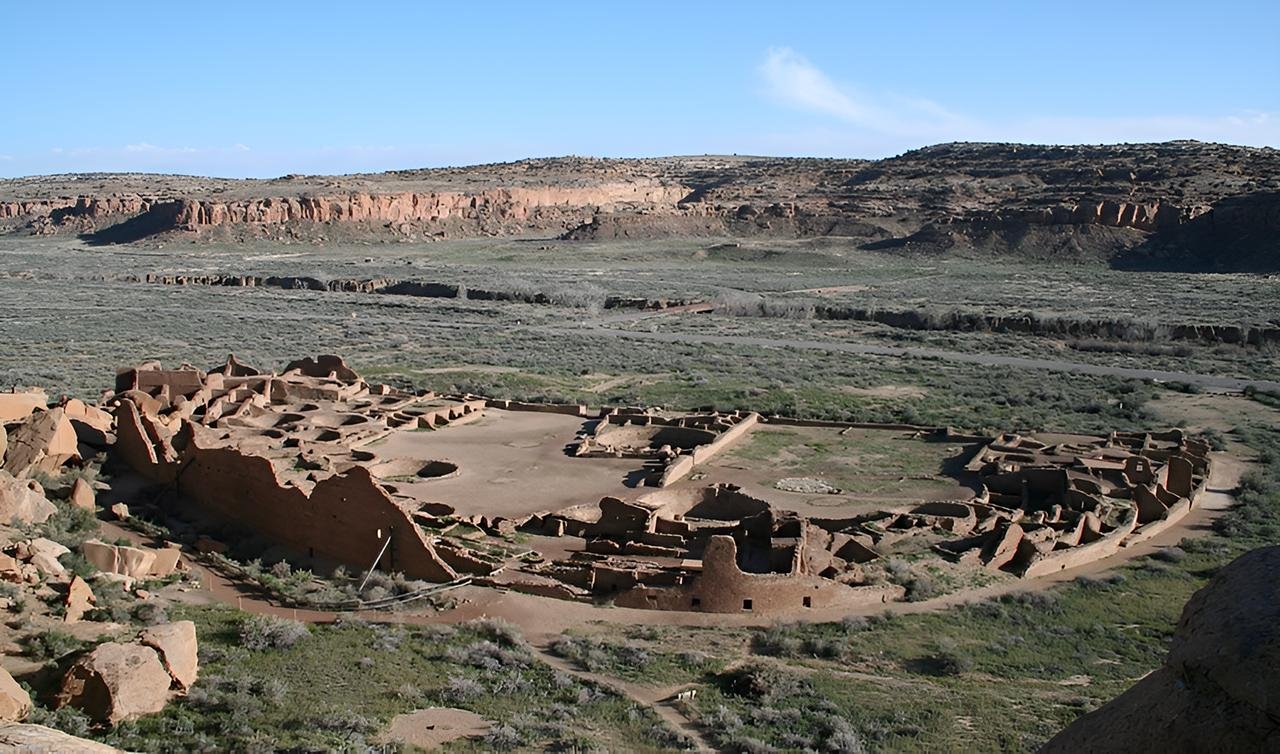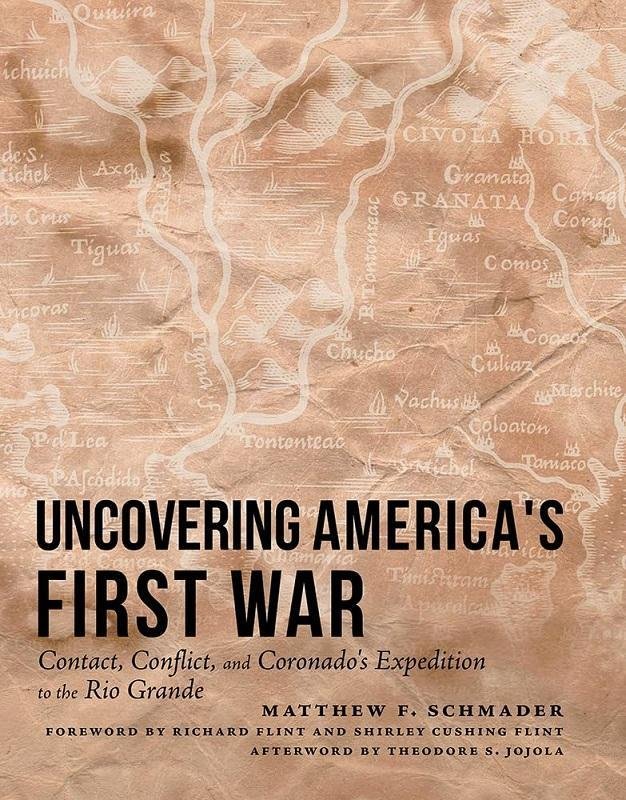Ancient DNA confirms Picuris Pueblo’s ancestral link to Chaco Canyon
In a milestone study published in Nature on April 30, northern New Mexico’s Picuris Pueblo has, for the first time, led a genetic study confirming their ancestral connection to the famous Chaco Canyon — a monumental site central to Pueblo culture. This collaboration with international geneticists represents a significant shift in the methods of scientific research involving Indigenous communities, placing Native voices at the forefront.

The Picuris, an Indigenous group of only around 300 members today, have preserved oral histories linking them to Chaco Canyon — a UNESCO World Heritage site renowned for its vast desert landscape and unique sandstone structures — for centuries. However, the stories were dismissed and excluded by scholars and policymakers. Seeking a louder voice in decisions about the region, particularly as the debate over oil and gas drilling continues, tribal leaders turned to science to confirm their historical narratives.
The project began in 2019 when Southern Methodist University archaeologists informed the tribe of remains uncovered near Taos that had been excluded from earlier repatriation efforts. In an attempt to use these remains to establish their connection to Chaco Canyon, Picuris leaders reached out to Dr. Eske Willerslev, a leading ancient DNA scientist at the University of Copenhagen. After two years of careful consultation, during which the tribe reserved the right to halt the project at any time, the study went ahead.
The scientists sequenced genomes from 16 ancient Picuris people, who lived between 1300 and 1500 A.D., and compared them with those from 13 living members of the tribe. Results show a high genetic continuity between ancient and modern Picuris people — and, importantly, genetic ties to people buried at Chaco Canyon, whose remains had been studied in a controversial 2017 study that did not involve tribal consultation.

The study also identifies a paradigm shift in conducting research among Indigenous peoples. Historically, such studies have been extractive — scientists removing artifacts or biological samples without proper consent. Notably, the Havasupai tribe sued Arizona State University in 2004 for the misuse of DNA samples that were originally collected for diabetes research.
The Picuris-led study is different. Researchers required tribal approval for all aspects of the project, and any subsequent use of the data needs to be approved by the tribe.
Although the Picuris now also possess genetic evidence supporting their link to Chaco Canyon, they do not claim sole ancestry. There are nearly two dozen Puebloan tribes claiming associations with the site.
However, the current research does assist in further bolstering the claim of the Picuris Pueblo in ongoing legal and environmental debates surrounding the site.






